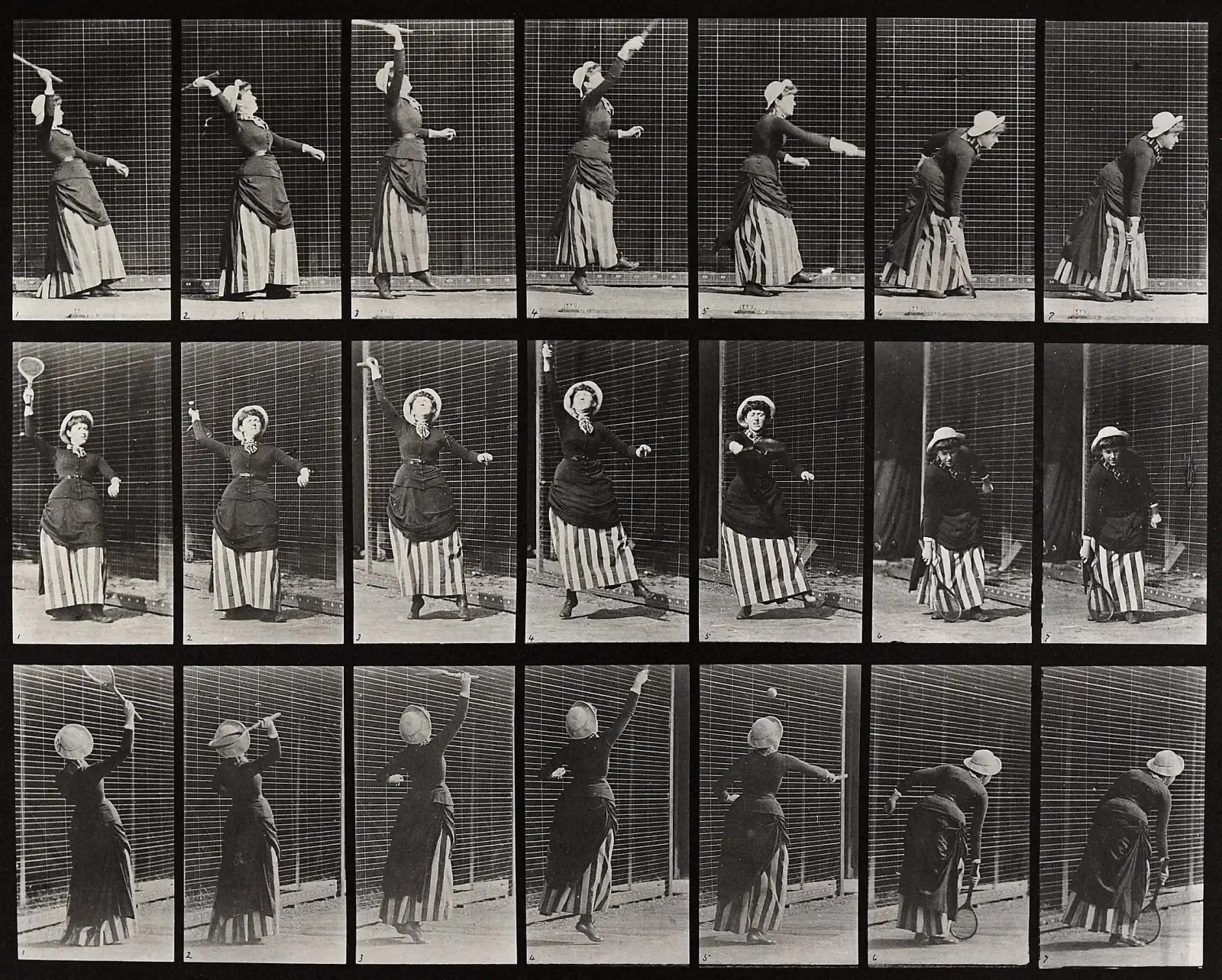When are student numbers highest?
- March to October: learners return; summer through late autumn is peak season (especially September).
- New students often say “after Tết” and join around March–April.
November to February: the festive slowdown
- From Viet Teacher Day (20 November) through Lunar New Year, holidays stretch from Christmas and New Year into Tết.
- Many learners pause lessons, and enquiries drop sharply.
Tips for freelance teachers
- Don’t panic—this cycle repeats every year. Build a financial plan to ride out the three quiet months.
- Use the low season to refresh lesson plans, update materials, revive marketing, and reconnect with former students.
- Prep for the next wave—book consultations and open new classes ready for the March comeback.
The TESOL calendar can surprise newcomers, but once you understand the rhythm, you can run your business with far more control.
